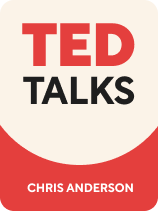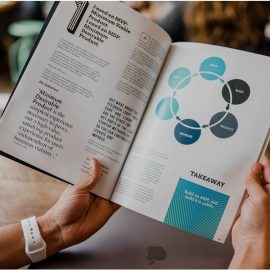

This article is an excerpt from the Shortform book guide to "TED Talks" by Chris Anderson. Shortform has the world's best summaries and analyses of books you should be reading.
Like this article? Sign up for a free trial here .
What’s the best way to end a speech? What are some things you should avoid doing as you close your speech?
A spectacular talk can be ruined by a bad ending. Your speech ending will determine how your audience will remember it. Avoid boring endings, asking for money, or alluding that there was more you couldn’t get to.
With this in mind, here’s how to close a speech on a high note.
How to Close a Speech
A powerful speech ending will help drive your message home and make a lasting impression on your audience. In his book TED Talks, Anderson explains how to close a speech effectively:
- Apply what you’ve discussed to a broader situation. For example, “If this management style can transform Fortune 500 companies, imagine what it could do in the White House.”
- Declare a personal mission. End your speech by making a proclamation about how you are going to use this knowledge to improve the world.
- Leave them with a dream. Paint a picture of a better world. Inspire your audience with your dream for the future, but be sure to avoid clichés.
- Call them to action. Ask your audience to take the information you just gave them and do something with it. For example, “If we all contact our congressmen, they’ll have to listen.”
- End with beautiful language. A poetic statement, song lyric, or eloquent phrase can add a somber and memorable touch.
Anderson says whichever way you choose to end your talk, a short and simple “thank you” (followed by a pause for applause) before walking offstage is always successful.
Use the Power of Three
To give your speech a rhythmic end, you can use any of the above strategies in combination with a pattern of three. Some of the most well-known examples of this are:
Julius Caesar: “Veni, vidi, vici” (I came, I saw, I conquered)
General Patton: “Blood, sweat, and tears”
Thomas Jefferson: “Life, liberty, and the pursuit of happiness.”
Hearing information in threes is satisfying and feels like closure. Many speakers that have delivered TED Talks have employed the power of three in their final lines, including Brené Brown. In her talk, “The power of vulnerability,” she ends by saying that when we believe we’re enough, “then we stop screaming and start listening, we’re kinder and gentler to the people around us, and we’re kinder and gentler to ourselves.”

———End of Preview———
Like what you just read? Read the rest of the world's best book summary and analysis of Chris Anderson's "TED Talks" at Shortform .
Here's what you'll find in our full TED Talks summary :
- A nuts-and-bolts guide to public speaking that takes you from the initial idea to your final bow
- TED curator Chris Anderson's public speaking advice on everything from scripting to wardrobe
- A comparison of Anderson's advice to that of other public speaking experts






